Agile Methodology News
Scrum-Master-Toolbox
360

BONUS: Zach Goldberg shares how to build high-performing engineering teams and master the startup CTO role
- Zach Goldberg, author of The Startup CTO’s Handbook, shares insights on building high-performing engineering teams and mastering the startup CTO role.
- The Genesis of The Startup CTO’s Handbook started with Zach's realization of the gap between technical training and leadership skills needed for CTO success.
- Zach emphasizes the importance of continuous learning and developing curiosity for hard problems in effective CTO leadership.
- Identifying three critical CTO mistakes, Zach highlights the importance of prioritizing people decisions and balancing short-term survival needs with long-term technical goals.
- Successful startup CTOs focus on optimizing velocity by measuring developer experience and delivering features that provide real customer value.
- Zach introduces the Professional Skill Tree concept, where investing in one skill area means less time for others, emphasizing the importance of balancing skills for engineers transitioning to leadership roles.
- Balancing Kaizen with startup urgency involves paying down high-impact technical debt while consciously choosing which debt to prioritize for maintaining quality and speed.
- Zach highlights the power of audience empathy as a crucial communication skill for startup tech leaders to avoid the curse of knowledge and effectively engage with various stakeholders.
- Zach Goldberg, a seasoned technical entrepreneur and executive coach, helps engineering leaders build high-performing teams and founded Advance The World to inspire youth in STEM.
Read Full Article
21 Likes
Scrum
104

Image Credit: Scrum
How to Create an Inspiring Product Vision Video with AI
- A strong Product Vision aligns teams, inspires stakeholders, and guides decision-making.
- Using AI, one can create inspiring Product Vision videos that are short, strong, and easy to promote within an organization.
- Tools like Luma AI, Freepik AI, ElevenLabs, and Camtasia can be used to create such content.
- It is recommended for Scrum Masters and Product Owners to invest in learning how to leverage AI for creating impactful content.
Read Full Article
6 Likes
Scrum
117
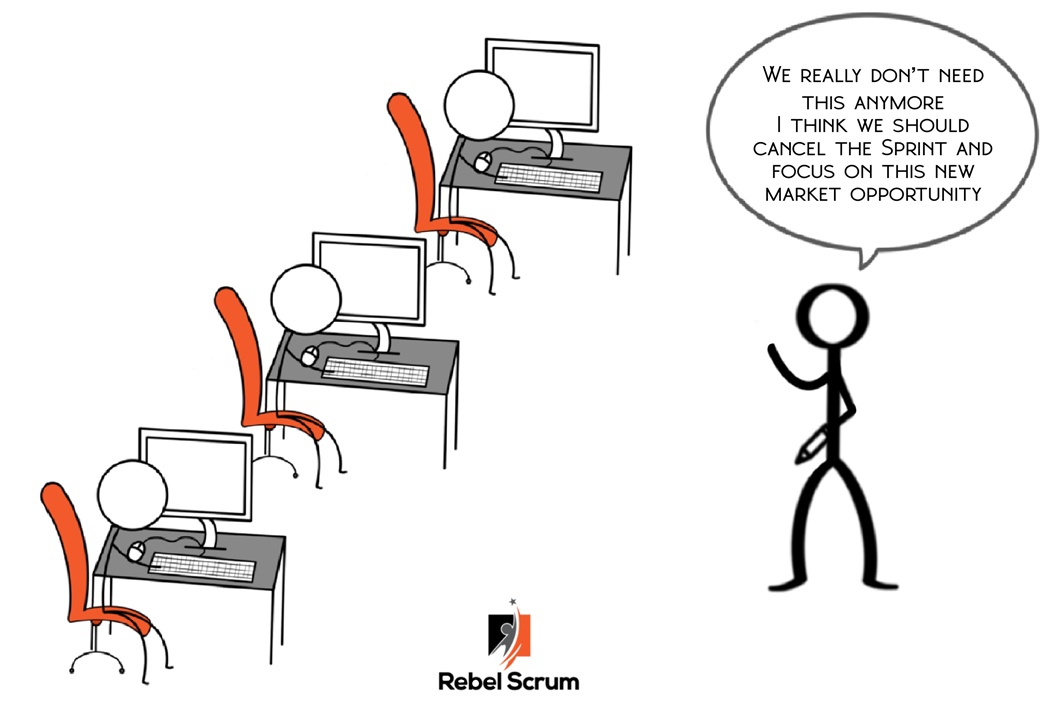
Image Credit: Scrum
When to Cancel the Sprint
- A Sprint can be cancelled by the Product Owner if the Sprint Goal becomes obsolete, meaning it is no longer the highest priority goal due to changes in the market, opportunities, or technical understanding.
- Real-world examples of cancelling a Sprint include pursuing a new contract opportunity or realizing that the current goal is not technically feasible, prompting the need to regroup and plan anew.
- It is advised not to cancel a Sprint just because the team may not reach the goal on time. Learning from setbacks and adjusting efforts is crucial for understanding the team's capacity and improving its performance.
- If a Sprint is cancelled, teams typically try to stick to the original Sprint Review date but may adjust timelines, skip a review, or hold a discussion to inform stakeholders about the cancellation and future plans.
Read Full Article
7 Likes
Dev
348

Image Credit: Dev
Structured Story Points: Estimating Engineering Work with Clarity
- Structured Story Points aim to bring clarity to estimation by focusing on effort, complexity, uncertainty, and collaboration in engineering work.
- It emphasizes the importance of understanding the context behind estimates, moving away from just assigning numbers to considering complexity, uncertainty, and collaboration factors.
- Estimation breakdown is attributed to the lack of structure in reasoning about the work, where story points have turned into disconnected numbers rather than meaningful indicators.
- Structured Story Points replace guesswork with a structured approach, where teams answer four clear questions regarding effort, complexity, uncertainty, and collaboration to improve planning.
- Effort, complexity, uncertainty, and collaboration are the four key dimensions considered in Structured Story Points for evaluating work tasks.
- Effort is measured based on the focused, hands-on time required for the task, categorizing tasks into minimal, moderate, or painstaking levels.
- Complexity assesses the cognitive and technical challenge of the work, distinguishing tasks as simple, layered, or convoluted based on reasoning difficulty.
- Uncertainty evaluates the team's alignment in understanding the task, classifying tasks as clear, murky, or uncharted based on the level of clarity in requirements.
- Collaboration measures the coordination needed to complete the task, considering solo, paired, cross-team, or external involvement.
- Structured Story Points help teams have more accurate estimations, leading to predictable delivery, improved velocity, and strengthened trust between engineering teams and stakeholders.
Read Full Article
20 Likes
Discover more
- Programming News
- Software News
- Web Design
- Devops News
- Open Source News
- Databases
- Cloud News
- Product Management News
- Operating Systems News
- Computer Engineering
- Startup News
- Cryptocurrency News
- Technology News
- Blockchain News
- Data Science News
- AR News
- Apple News
- Cyber Security News
- Leadership News
- Gaming News
- Automobiles News
Scrum
58
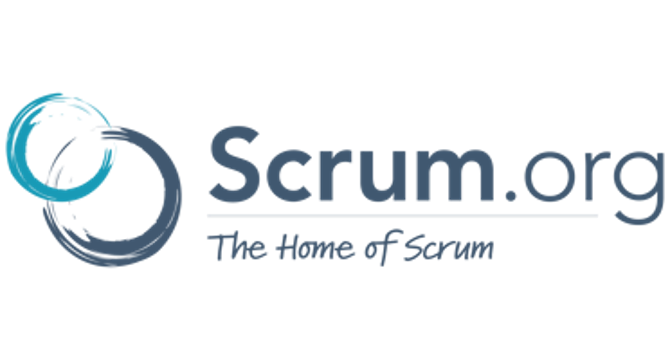
Image Credit: Scrum
Making Strategic Tradeoffs with Clarity
- Concerns across organizations often revolve around tradeoffs like underutilization of embedded specialists, cost of decentralization, and standardizing work methods.
- Tradeoffs are necessary when optimizing for one strength means compromising on another, emphasizing the importance of defining organizational goals first.
- Creating Agile Organizations (CAO) offers tools like Value Chain & Value Stream Mapping, The Star Model, and Strategic Focus to identify capabilities, align elements, and make strategic decisions based on desired outcomes.
- Organizations should prioritize clarity on strategy and capabilities to make informed tradeoffs that align with their goals, ensuring design choices support their overarching strategy.
Read Full Article
3 Likes
Scrum
96
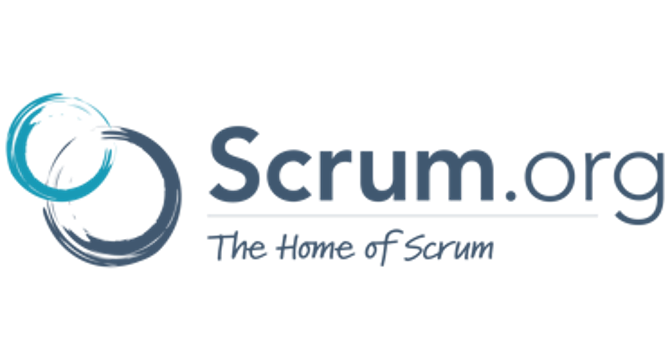
Image Credit: Scrum
Definition of Done - Objective vs Subjective
- Teams often confuse 'what' they're building and 'how' it aligns with objectives with objective quality criteria, leading to chaos in agility.
- In Scrum, Product and Sprint Goals provide directional clarity but remain subjective, while the Definition of Done (DoD) is an objective, non-negotiable measure of quality.
- Product and Sprint Goals in Scrum are aspirational and meant to guide teams strategically, while the DoD ensures professional-grade quality.
- The DoD is a benchmark for quality, ensuring every Increment is complete and meets the required standards.
- Establishing a solid DoD is crucial, and it should be either an organizational or product standard reflecting the intended quality.
- Common pitfalls with DoD include blurring subjective and objective criteria, overlooking automation, and treating it as a maximum rather than a minimum.
- Practices for defining Done include automating tests, regular reviews, training teams, and separating quality from approval processes.
- In conclusion, the DoD in Scrum is essential for maintaining quality, preventing technical debt, and building stakeholder trust.
- Keeping the DoD objective and focused on quality empowers teams to meet and exceed user expectations.
- The DoD should be periodically raised to improve product quality and professional-grade delivery.
- How teams define and enforce the DoD, and the challenges in distinguishing subjective goals from objective quality measures, are crucial aspects of successful implementation.
Read Full Article
5 Likes
Scrum
337

Image Credit: Scrum
Velocity. It’s Not What You Think It Is
- Agile estimation isn't broken because of the techniques; rather, it is the thinking behind them.
- Velocity is one of the most misunderstood numbers in product development; it reflects how much work a team completed in a Sprint, usually measured in story points.
- Velocity is not a target but a result, meant to help teams answer questions such as consistency in finishing work and forecasting.
- Using a range (best case, typical case, worst case) with velocity for forecasting provides flexibility, realism, and fosters conversations within the team.
Read Full Article
20 Likes
Scrum-Master-Toolbox
278

BONUS: Tom Gilb on Building True Engineering Culture and Delivering Value Through Evolutionary Methods
- Tom Gilb, a pioneer in Agile principles, emphasizes the importance of clear goals and success definitions in project delivery and stakeholder management.
- Despite the adoption of Agile methodologies, project failure rates remain high due to a lack of clarity on success metrics.
- Quantifying multi-dimensional objectives beyond profit, such as security and usability, is crucial for true value delivery.
- Engineering organizations often lack true engineering discipline, leading to low project success rates despite technological advancements.
- Comprehensive stakeholder analysis, including non-human stakeholders like laws and policies, is essential for project success.
- Tom Gilb's evolutionary approach focuses on systematic improvement through measured increments that deliver tangible value.
- Creating an engineering culture entails coordination between technical and management leaders for value stream delivery and process mastery.
- Tom Gilb advocates for a two-leader approach in building engineering culture, emphasizing both value stream demands and mastering engineering processes.
- Tom Gilb's work emphasizes incremental value delivery, strategic improvement, and the importance of clear success definitions in projects.
- His approach highlights the need for multi-dimensional objectives, stakeholder analysis, and disciplined engineering practices for project success.
Read Full Article
16 Likes
Medium
37
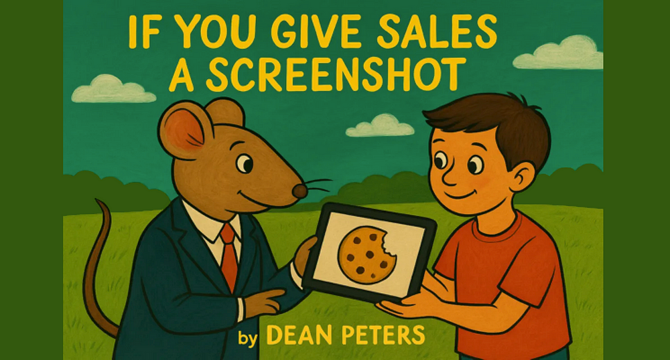
Image Credit: Medium
If You Give Sales a Screenshot
- Sales teams often ask for more functionalities after seeing a demo.
- They may request additional features and details before closing a deal.
- Sales representatives may require a test sandbox, roadmap, and list of features to aid in selling.
- Providing detailed information and visual aids to sales can be crucial for successful pitches.
Read Full Article
2 Likes
HRKatha
1.7k

Image Credit: HRKatha
Volvo to let go 3,000 from workforce amid low profits
- Volvo, the Swedish auto company, plans to trim its workforce by 7%, affecting about 3,000 employees.
- Over 50% of Volvo's workforce is in Sweden, with cuts impacting about 1,200 positions in the country.
- The layoff aims to increase cash flow and reduce expenses to navigate the global automotive sector downturn.
- Volvo's move to let go of employees is driven by the desire to cut costs and bolster resilience, following a drop in revenues in Q1 2025.
Read Full Article
5 Likes
Medium
206
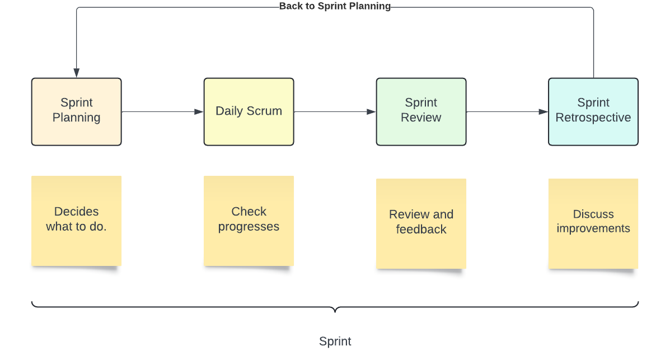
Image Credit: Medium
After 3 Decades, Why Can’t We Find a Better Framework Than Scrum?
- Author shares their experience of struggling with long working hours and failed projects in Japan as a software engineer.
- They moved to Vietnam and joined an international offshore software development company where Scrum was used as the central management approach.
- Despite not having prior knowledge of Scrum, the author was highly impressed by its effectiveness and wished they had known about it earlier in their career.
- The article discusses the author's journey from struggling in project management to finding success with Scrum in software development.
Read Full Article
12 Likes
Scrum
173

Image Credit: Scrum
How To Break Process Theater Using Outcome Orientation
- Process Theater occurs when teams focus on following processes without seeing the value or achieving desired outcomes.
- It is like going through the motions without meaningful results, such as tracking the presence of objectives without driving decisions.
- The 'underpant gnomes' problem symbolizes missing the middle layer of connecting process to outcomes effectively.
- To combat Process Theater, it is crucial to define behaviors that bridge the gap between process compliance and actual impact.
- The key lies in creating alignment with autonomy, allowing teams to move strategically while making decisions independently.
- Building trust is essential for empowering teams and shifting towards decentralized decision-making for better outcomes.
- Mapping outcomes and defining key results in objectives can provide direction and flexibility towards desired behavioral changes.
- Leaders should identify and address behaviors driven by process theater to align actions with intended outcomes.
- Using outcome mapping and setting meaningful objectives can help organizations break free from process theater and focus on impactful results.
- Measuring qualitative outcomes and behavioral changes rather than just quantitative metrics is crucial for driving real, sustainable traction.
Read Full Article
10 Likes
Scrum-Master-Toolbox
296

BONUS: Solution-Focused Coaching: The Game-Changing Method Every Scrum Master Needs With Ralph Miarka and Veronika Jugwirth
- Solution-focused coaching shifts focus from problem-solving to solution-building, empowering Agile teams to find their own path to success.
- It emphasizes future outcomes over dwelling on past failures, acknowledging the complexity of modern work environments.
- The 'not-knowing position' encourages asking questions instead of offering immediate solutions, leading to more profound coaching conversations.
- Recognizing everyone as an expert in their situation can accelerate team change and foster sustainable improvement.
- The Miracle Question technique helps teams envision their preferred future and take tangible steps towards achieving it.
- Solution-focused coaching requires unlearning the fix-it mentality and allowing teams to work through challenges themselves.
- Teams can implement practical questions like 'What do we want to achieve?' to incorporate solution-focused approaches into their regular ceremonies.
- Ralph Miarka and Veronika Jungwrith, co-authors of 'Solution Focused Coaching For Agile Teams,' advocate for empowering teams through solution-focused coaching.
- Ralph Miarka's background in engineering and leadership, coupled with Veronika Jungwrith's expertise in solution-focused coaching and leadership development, complement each other in sparking real change.
- Their collaborative work aims to provide a game-changing method that every Scrum Master can benefit from in helping Agile teams thrive.
Read Full Article
17 Likes
Medium
267

Image Credit: Medium
The No.1 Reason Agile Transformation Fails
- Struggles and resistance are common during team transformation, as change is difficult and stressful.
- Agile transformation requires sacrifice, pain, and chaos, which may not be initially recognized by the team.
- The article discusses the number one reason why Agile transformation fails based on the author's experience and research.
- Understanding the mechanisms of success and failure in Agile transformation is crucial for its effective implementation.
Read Full Article
16 Likes
Medium
80

Image Credit: Medium
From Outputs to Outcomes: How Opportunity Mapping Turns Product Discovery into Real Results
- Many product teams focus on outputs like closed tickets, but 64 percent of software features are rarely or never used, showing a disconnect between work done and actual impact.
- Shifting focus to outcomes, which measure behavior or business change, helps teams prioritize effectively and reduce waste by aligning efforts with impactful results rather than just tasks completed.
- Outcome-driven discovery involves creating an Opportunity Solution Tree (OST) to trace every feature back to a measurable outcome, ensuring all work aligns with the main goal of impacting metrics.
- By emphasizing opportunity mapping and forming empowered product trios, teams can transform high-level OKRs into tangible, testable actions that drive real value and solve customer problems effectively.
Read Full Article
4 Likes
For uninterrupted reading, download the app